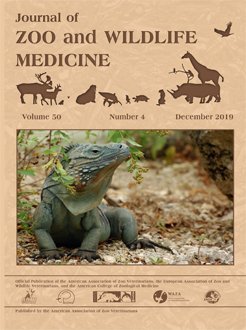Hematology and serum biochemistry profiles are used to evaluate the health status of animals ongoing rehabilitation. The aim of this project was to develop blood and biochemistry ranges for harbor seal pups (Phoca vitulina) after rehabilitation; thus, 22 different blood parameters in 60 animals were tested before release. The second goal was to test for differences due to sex, stranding location, body condition at admission, and presence or absence of umbilical cord. The alanine aminotransferase, ALT (or glutamate pyruvate transaminase, GPT), (ALT-GPT) differed significantly (P bq = 0.00851) between sexes. Lower leukocyte counts and higher liver enzyme values were the most remarkable findings when comparing the results of this study to other published data. This is the first study to report blood reference ranges for harbor seal pups in the Dutch Wadden Sea after rehabilitation.
How to translate text using browser tools
9 January 2020
HEMATOLOGY AND SERUM BIOCHEMISTRY OF HARBOR SEAL (PHOCA VITULINA) PUPS AFTER REHABILITATION IN THE NETHERLANDS
Anna Salazar-Casals,
Alberto Arriba-Garcia,
Antonio A. Mignucci-Giannoni,
John O'Connor,
Ana Rubio-Garcia
ACCESS THE FULL ARTICLE
Harbor Seal
hematology
Phoca vitulina
serum chemistry





